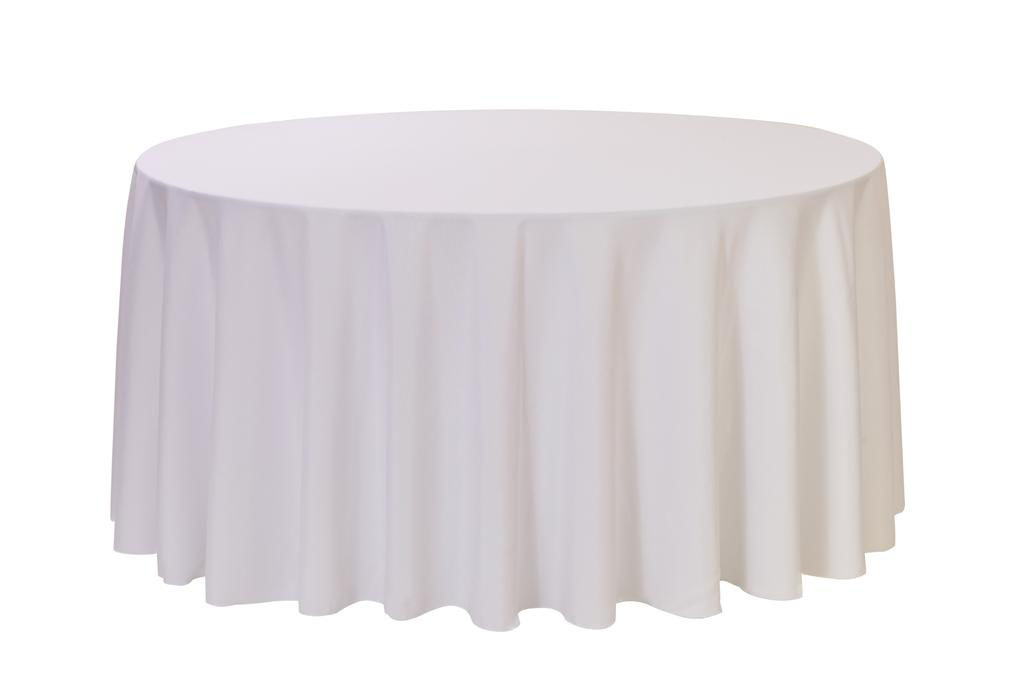Stunning Table Cloths: Enhance Your Dining-room Decoration
Stunning Table Cloths: Enhance Your Dining-room Decoration
Blog Article
Linen Textile Innovations: Checking Out Modern Trends and Creative Applications in Layout and Textile Market
From lasting manufacturing approaches to innovative weaving technologies, the development of bed linen is reshaping the landscape of the fabric industry. As we dive into the realms of imaginative design applications and the introduction of bed linen blends and crossbreed materials, a new chapter unfolds in which bed linen's role in future fabric advancements takes center phase.
Sustainable Practices in Linen Manufacturing
Lasting techniques in linen production have actually become increasingly important in the fabric sector's initiatives to minimize environmental effect and advertise honest sourcing approaches. Bed linen, an all-natural fiber stemmed from the flax plant, offers a series of benefits such as resilience, breathability, and biodegradability. However, standard methods of bed linen production can include significant water usage, chemical use, and energy-intensive procedures.
To deal with these obstacles, numerous fabric producers are taking on sustainable methods throughout the linen production procedure. This includes sourcing flax from natural farms that prevent harmful chemicals and chemicals, carrying out water-efficient retting techniques to essence fibers from the flax stalks, and utilizing eco-friendly dyes and surfaces. Additionally, some business are spending in renewable power sources to power their manufacturing centers and reducing waste via recycling and upcycling initiatives.
Technical Innovations in Bed Linen Weaving
With the expanding focus on lasting techniques in bed linen production, the textile market is now witnessing a surge in technological improvements specifically focused on transforming the art of bed linen weaving. These developments are improving the way bed linen fabrics are generated, providing raised efficiency, top quality, and creativity in weaving methods.
Among the essential technical innovations in linen weaving is the combination of digital looms. These advanced looms are furnished with software that permits detailed and complicated designs to be woven with accuracy. By digitizing the weaving procedure, producers can accomplish better uniformity and precision in their bed linen materials.
In addition, developments in thread spinning modern technology have allowed the manufacturing of finer and even more sturdy bed linen threads - table cloths. This causes softer and smoother bed linen textiles that preserve their top quality even after several uses and washes
Additionally, the development of environment-friendly dyeing procedures and coatings for bed linen textiles is getting traction. These lasting techniques not just lower the environmental influence however also deal with the boosting consumer need for fairly produced fabrics.
Creative Style Applications for Linen
Innovative creative approaches are progressively forming the innovative layout applications for linen in the fabric industry. Bed linen's natural visual allure and capability to mix with other materials make it a favorite option for developing distinct garments and devices that provide to the environmentally conscious customer.
Moreover, designers are try out linen in home decoration, using its breathable and resilient nature to craft trendy home furnishings such as drapes, bedding, and upholstery. The texture and drape of linen bring a feeling of sophistication and comfort to indoor areas, including a touch of style to contemporary homes.

Linen Blends and Crossbreed Fabrics

Hybrid textiles, on the other hand, take the idea of blending an action even more by incorporating additional aspects such as metal strings, recycled products, or conductive fibers. These innovative textiles not only increase the layout opportunities but likewise present useful elements like conductivity, antimicrobial homes, or boosted resilience. Hybrid fabrics are progressively being used in various sectors, including fashion, indoor style, and technical fabrics, where the need for multifunctional products gets on the rise.
Linen's Function in Future Fabric Innovations

In the realm of future fabric technologies, bed linen is expected to be a principal in the advancement of sophisticated practical fabrics. Designers and scientists are exploring means to improve linen's fundamental top qualities through technological innovations, such as incorporating smart fabrics, nanotechnology, and performance surfaces. These innovations aim to raise linen's efficiency qualities, making it suitable great site for a broader variety of applications, from activewear to protective clothing.
Additionally, the mix of bed linen with various other all-natural or synthetic fibers opens countless possibilities for creating unique textiles with unique buildings and capabilities. By leveraging bed linen's features and exploring cutting-edge blends, the textile sector is poised to introduce interesting growths that deal with advancing consumer demands and sustainability needs.
Verdict
Finally, the expedition of sustainable practices, technological innovations, innovative layout applications, linen blends, and its function in future textile innovations highlight the continuous advancement of linen material in the contemporary layout and textile sector. With a concentrate on advancement and creative thinking, the convenience and green nature of bed linen make it an important product for producers and designers alike, leading the way for more advancements and improvements in the field of fabrics.
As we delve right into the realms of imaginative layout applications and the development of linen blends and hybrid fabrics, a brand-new phase unravels in which bed linen's duty in future textile advancements takes facility phase.
Exploring the blend of bed linen with other textiles has led to the introduction of cutting-edge blends and crossbreed textiles in the contemporary textile industry. Linen blends supply a web distinct combination of the characteristics of linen with those of various other fibers, resulting in textiles that possess improved homes such as boosted sturdiness, boosted draping, and reduced wrinkling.The development of bed linen blends and crossbreed fabrics has set the phase for Linen to play a crucial function in driving future textile developments.In the realm of future fabric technologies, linen is expected to be a crucial gamer in the advancement of innovative functional fabrics.
Report this page